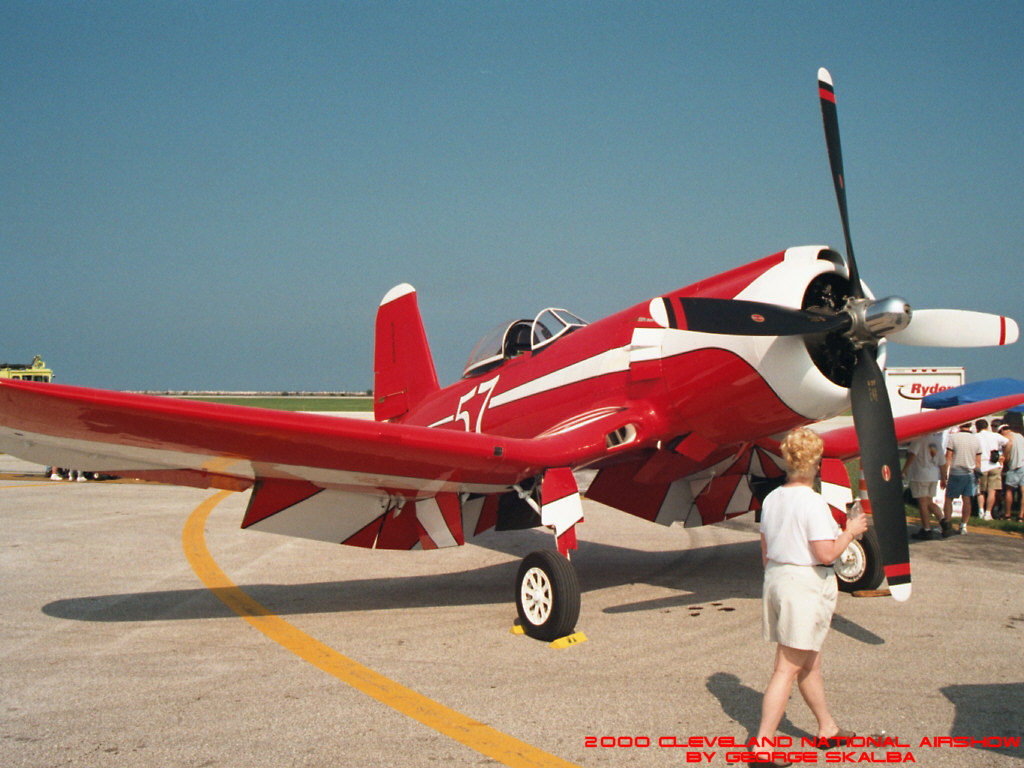Postby Wingman » Sun May 15, 2005 10:16 pm
I didn't know Mitchell was from the Free State. There is much controversy who actually got the kill, but it was a decisive victory for the allies.
The Zero was one of the most maneuverable planes out there...mainly due to it's wooden construction. It was much lighter than the all-metal construction of the later American fighters, but it was also less durable. A couple of hits from a .50 API (armor piercing incendiary) round and she went up in flames. The Zero didn't have self-sealing fuel tanks and one hit caused an instant leak, where most American fighters had self-sealing tanks that would close up (much like fix-a-flat) when punctured.
American pilots learned to use boom-and-zoom tactics on Zekes, diving from altitude, making a slashing attacking and then diving at high speeds below, basically outrunning the Zeros as they passed them. They would then zoom back up to altitude and strike again. Getting into a turning fight with a Zero was suicide, because the Zero's were much more agile and could easily outturn the heavier American fighters. The fights you saw on the tv show, Black Sheep Squadron, were not what it was like in real life.
If you've never read BAA BAA BLACK SHEEPor BLACK SHEEP ONE about Pappy Boyington, you ought to check them out.
Some P-38 pilots learned to work their engines independently and aid in turning. Charles Lindbergh even went out to the Pacific to teach Lightning pilots how to better conserve their fuel through engine management. After all, Lucky Lindy was most famous for his flight across the Atlantic. He got them trained to fly at cruise settings for maximum fuel efficiency on the long flights to and from the target. I think I read somewhere that he gained them something like 2 more hours flying time with his techniques. The Germans called the P-38 "Der Gabelschwanz Teufel" ... The Fork-Tailed Devil.
My grandfather was at D-day, the Bulge and the Ardennes in a Sherman Tank. He said the Lightning pilots had a routine of attacking German AAA guns. One plane would swoop down from above, drawing the anti-aircraft fire, and the rest of the planes would zero in on the flashes and work them over. Must've been something to see.
ACES by William Yenne, LUFTWAFFE FIGHTER ACES by Mike Spick and FIGHTER COMBAT Tactics and Maneuvering by Robert L. Shaw are very good reads on fighter tactics and the techniques of the world's top fighter pilots.
Erich Hartmann, the world's leading ace with 352 confirmed kills, never engaged in prolonged combat. His motto was "See, decide, attack, reverse." He would attack from above, fire only when the target completely filled his windshield and then escape in the opposite direction, avoiding the dogfight at all costs.
And you are right, seymore, the air rushing through the oil cooler vents (in the wing roots) made a whistling sound. Japanese ground troops could hear the noise and learned to dread the "whistling death" from above. I guess it had much the same psychological effects as the dive sirens on German Stukas. The Germans actually put the small little propellor under the belly to make that noise on purpose. It was a mind game.
I can't say off the top of my head which American fighter was fastest, but I know the P-51 was close to the top at 438 MPH. Just think, the same time they were making Farmall M tractors with 2 row equipment, they were making 440 mile-an-hour aircraft.
ISAIAH 40:31
“I ask you to judge me by the enemies I have made.”
― Franklin D. Roosevelt





